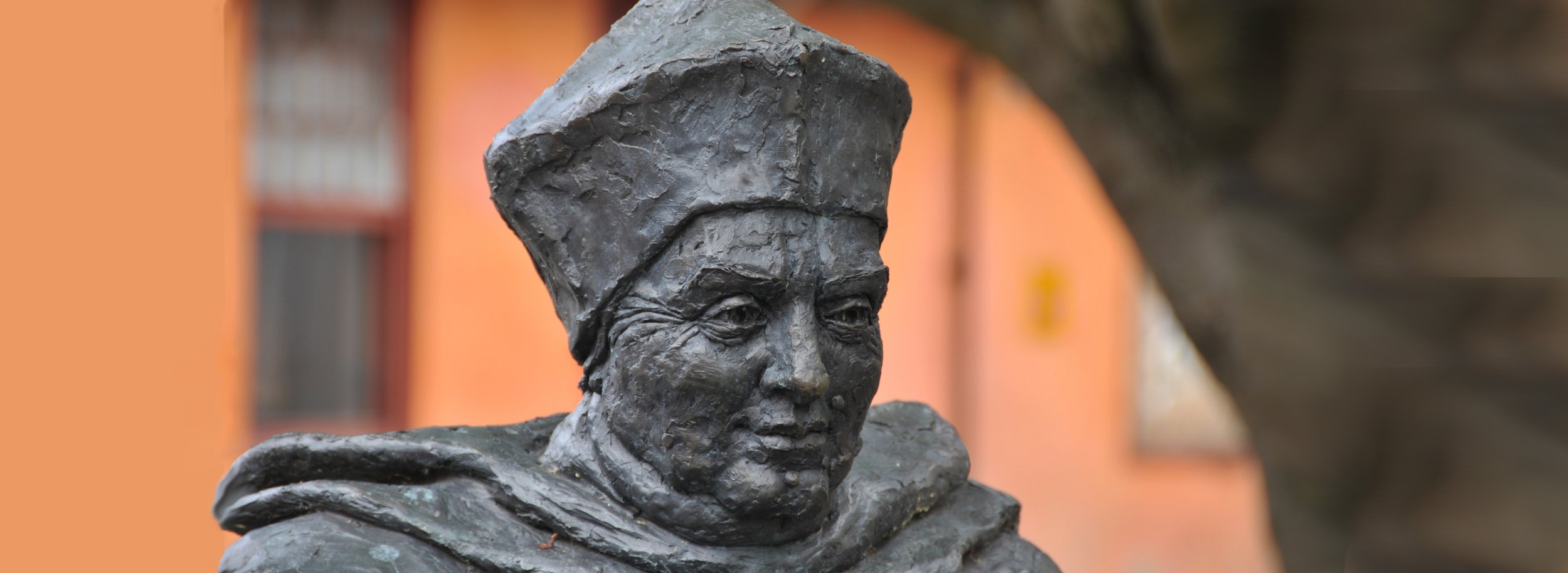
The Saints - Places of Interest
Curson Lodge
Curson Lodge is a 16th century, Grade II* listed building at 45 and 45A St Nicholas Street and 1 Silent Street. This finely carved timber framed building was restored in 2007 with funds from the Ipswich Building Preservation Trust, a loan from the Architectural Heritage Fund and grants from Ipswich Borough Council and English Heritage.
Willis Building
The Willis Building is one of the earliest buildings designed by Foster Associates. It was constructed between 1970-75 for the insurance company now known as Willis Towers Watson. The fully glazed building was a landmark in the development of “high tech” architectural style.
It is home to 1300 staff in open plan offices on 3 levels, accessed by a central escalator, leading to a roof top restaurant and garden. In 1991 the Willis building became the youngest building in Britain to be given Grade 1 listed status.
Unitarian Meeting House
The Ipswich Unitarian Meeting House is a historic gem in the heart of Suffolk’s county town. Built in 1699 - 1700 it is believed to be the only remaining example of a purpose-built, timber-framed, dissenting meeting house of its period. The fine interior remains largely unchanged with box pews and a finely carved pulpit. A historic, but living meeting place.
Silent Street
Silent Street lies between St Nicholas Street and St Peter’s Street. It is the only ‘Silent’ street in the country and there has been much speculation over the origin of the name.
Popular theories are that it refers to the street falling silent after many people died in the plague or that the street was covered in straw to muffle the sounds of the street noise when the King’s Hospital, situated on the corner of Silent Street and St. Peter’s Street, housed victims of the Dutch wars in the 17th century.
Cardinal Wolsey Statue
The statue of Cardinal Thomas Wolsey, unveiled in 2011 can be found on the corner of Silent Street and St. Peter’s Street near the site where Wolsey is thought to have grown up. British sculptor, David Annand was commissioned to make the sculpture of Ipswich’s most famous son.
The statue shows Cardinal Wolsey teaching, highlighting his reputation as a great educator. Born in the early 1470’s Thomas Wolsey was a prominent figure in the court of Henry VIII.
Cardinal, Archbishop, Lord Chancellor and educator, Thomas Wolsey died in York in 1530
Ipswich Waterfront
The Ipswich Waterfront has been at the heart of the Town’s development for over 1500 years. From early Saxon settlers and Viking invasions to global maritime trade and industry. The wet dock we see today was built in 1842 to handle a growing trade in grain and timber and was a hive of industry until the 1970s.
The decline of industry in the Town, resulted in the Waterfront being transformed into a popular residential and recreational area with high-rise apartment buildings, restaurants, bars and cafés. The waterfront is now characterised by its marinas and the building and commissioning of luxury yachts and motor boats.
Three prominent town landmarks can also be found on the Waterfront, the Jerwood Dance House, the main campus of the University of Suffolk and The Hold, Suffolk’s new public record office and heritage centre.
St Nicholas Centre
The Church of St Nicholas was built in the 14th century on the site of an Anglo-Saxon church dedicated to St Michael.
Saxon and Norman reliefs from this church are now on the north chancel wall. The church with its treasures was made redundant in 1984.
In 2001 the Diocese of St Edmundsbury and Ipswich re-purchased it and have developed a conference centre, linked by a new glass building to their offices in Churchgates House.








